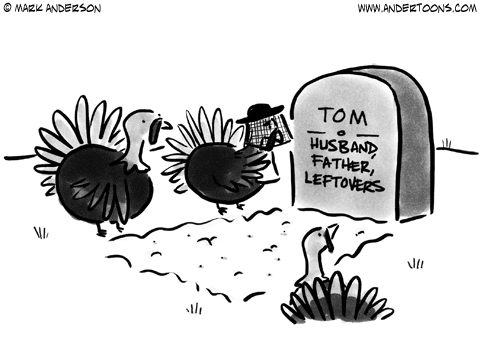 Thanksgiving
Thanksgiving 30 Thankful Days (November 28th ~ Thanksgiving Day!)
 Thursday, November 28, 2013 at 06:00AM
Thursday, November 28, 2013 at 06:00AM  The Pilgrims’ daily existence was a life-or-death battle to overcome constant hunger, sickness, and exposure to the elements. Crudely assembled houses made of mud daub were their only shelter from the icy New England weather. Because they were not yet knowledgeable about their new environment’s agriculture, planting gardens in the hostile conditions proved virtually fruitless. Every meal was portioned out meticulously. The death toll, a constant reminder of their fragility, rose steadily. At one point only five men were well enough to care for the sick.
The Pilgrims’ daily existence was a life-or-death battle to overcome constant hunger, sickness, and exposure to the elements. Crudely assembled houses made of mud daub were their only shelter from the icy New England weather. Because they were not yet knowledgeable about their new environment’s agriculture, planting gardens in the hostile conditions proved virtually fruitless. Every meal was portioned out meticulously. The death toll, a constant reminder of their fragility, rose steadily. At one point only five men were well enough to care for the sick.
Despite their tribulations, the Pilgrims thanked the Lord every day, petitioning Him for rehabilitation. One morning, during an ordinary Sunday worship service, the Lord sent tangible evidence that He had heard their prayers. Their church service was interrupted by an unexpected guest, an Algonquin Indian chief who assessed their hopeless situation and returned with a helper named Squanto. The Pilgrims, who had warred with Indians before and lived with a continuous fear of being attacked by them, were astonished by their new friends’ eagerness to provide much-needed assistance. Squanto, a Patuxet Indian who spoke perfect English, taught the Pilgrims how to hunt game, trap beavers, and plant Indian corn, a staple that would eventually save their lives.
When the harvest yielded more than the Pilgrims could eat, Governor William Bradford, their elected leader, declared a day of public thanksgiving. He invited the chief of a friendly neighboring Indian tribe to join in their tribute of Thanksgiving. The Pilgrims were excited to celebrate with their honored guest, but were completely shocked when he arrived with ninety other Indians.
Although God had provided abundantly, their food supply would not accommodate a group of this size, and they had no idea how to feed their visitors. Despite their quandary, all worries were soon dismissed. To their amazement and ever-increasing thankfulness, the Indians had brought with them five dressed deer and a dozen fat, wild turkeys. Over time they taught the women how to make pudding, maple syrup, and an Indian delicacy — roasted kernels of corn called popcorn.
But the Pilgrims’ trials were far from finished; their plentiful autumn was followed by a particularly treacherous winter. Unfortunately, the weather proved to be the least of their ailments. In November a ship called The Fortune dropped anchor in their harbor. Aboard the ship were thirty-five more colonists who had brought with them no provisions — no food, no extra clothing, no equipment for survival. Additionally, the oppression of the physical environment had become almost unbearable after a twelve-week drought dried up their crops and withered their spirits. The newcomers’ arrival had drained already inadequate food rations and there was no obvious resource for sustenance. At their lowest point, the Pilgrims were reduced to a daily ration of five kernels of corn apiece. In utter desperation they fell to their knees and prayed for eight hours without ceasing.
Again God heard their supplications; fourteen days of rain followed. A second Day of Thanksgiving was declared. The neighboring Indian chief was again their honored guest; he brought with him one hundred and twenty braves. The Pilgrims feasted on game and turkey as they had during their previous celebration, only this time one dish was different. The first course, served on an empty plate in front of each person, consisted of five kernels of corn, a gentle reminder of God’s faithful provision for them.
(Adapted from Peter Marshall and David Manuel's account in The Light and the Glory)


Reader Comments